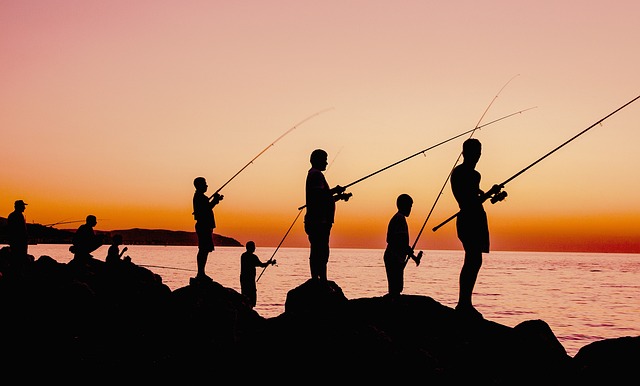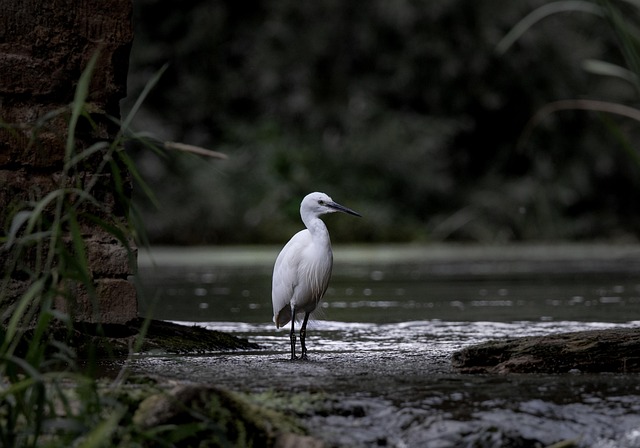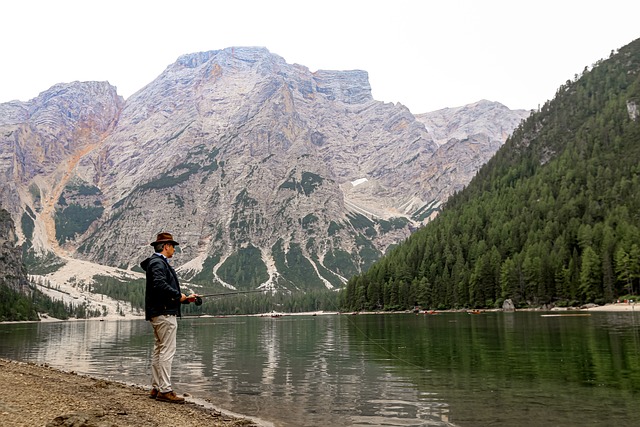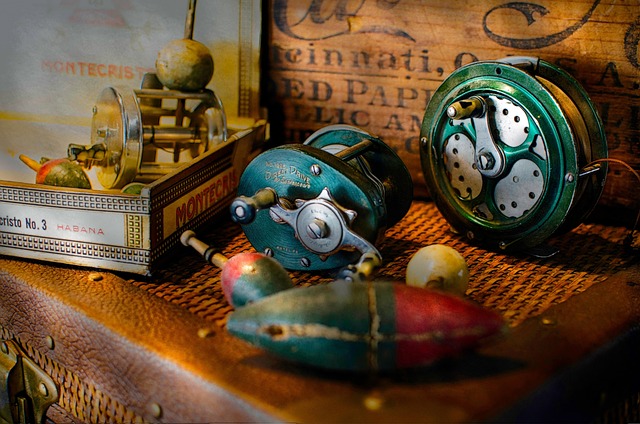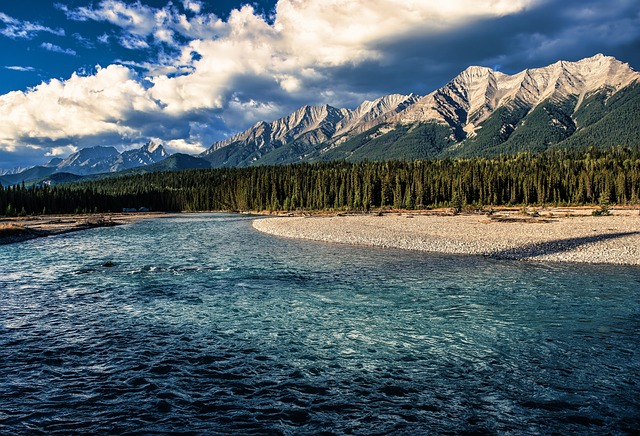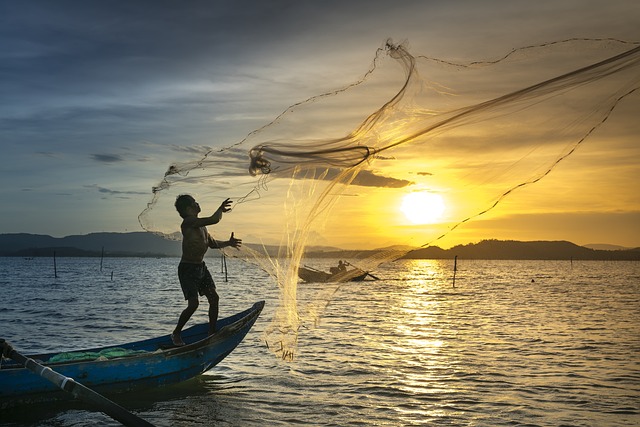The McKenzie River offers a unique angling experience with its pristine waters and diverse ecosystem, supporting various fish species like trout, salmon, and bass. Successful anglers adapt their spinning or fly-fishing gear to match the river's currents and structure. Key equipment includes robust lines, strong hooks, waders, rods, and reels. Timing is crucial during early morning and late afternoon, with strategic bait placement based on seasonal changes. Following local regulations and ethical practices ensures a healthy fish population for future anglers.
“Uncover the best experiences in McKenzie River fishing with our comprehensive guide. From understanding the unique ecosystem to mastering effective techniques, we equip anglers with the knowledge they need for success. Learn about the ideal fishing gear tailored to this pristine environment and discover local regulations promoting responsible practices. Explore McKenzie River’s hidden gems and master proven methods to enhance your catch. Get ready to navigate this picturesque setting with confidence and a higher chance of reeling in memorable catches.”
- Understanding the McKenzie River Ecosystem
- Choosing the Right Fishing Gear for Optimal Success
- Effective Fishing Techniques Specific to the McKenzie River
- Local Regulations and Best Practices for Responsible Fishing
Understanding the McKenzie River Ecosystem
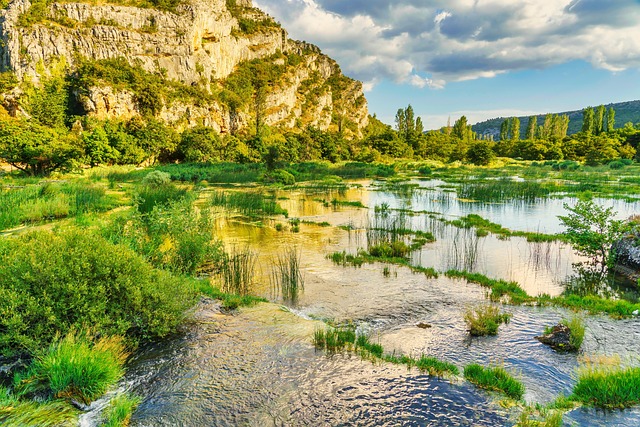
The McKenzie River, renowned for its pristine waters and diverse wildlife, offers a unique ecosystem that influences the type of fishing equipment and techniques required. Understanding this environment is key to a successful fishing trip. This river system is home to various fish species, including trout, salmon, and bass, each with specific habitat preferences. The McKenzie’s crystal-clear waters and rocky bottom provide ideal conditions for these aquatic residents.
McKenzie River fishing techniques often involve leveraging the natural current and structure of the river. Anglers may employ spinning or fly-fishing gear, selecting lures or flies that mimic the local prey species. The river’s clarity demands precise casting and presentation to ensure the equipment reaches the desired depth and cover without scaring the fish.
Choosing the Right Fishing Gear for Optimal Success

When it comes to McKenzie River fishing equipment, selecting the right gear is key to a successful and enjoyable experience. The river’s unique characteristics, such as its rapid currents and diverse aquatic life, require specific tools tailored for this environment. Anglers should consider the type of fish they aim to catch; the McKenzie River hosts various species including trout, salmon, and bass, each needing different techniques and gear. For instance, fly fishing is a popular technique on this river, so a quality fly rod and corresponding flies are essential.
Additionally, robust fishing lines and strong hooks are vital to withstand the river’s powerful currents. Wading boots with good traction will ensure anglers can navigate the riverbed safely. Remember, choosing the right waders, rods, reels, and other accessories based on the McKenzie River’s conditions will enhance your chances of a productive and memorable fishing trip.
Effective Fishing Techniques Specific to the McKenzie River
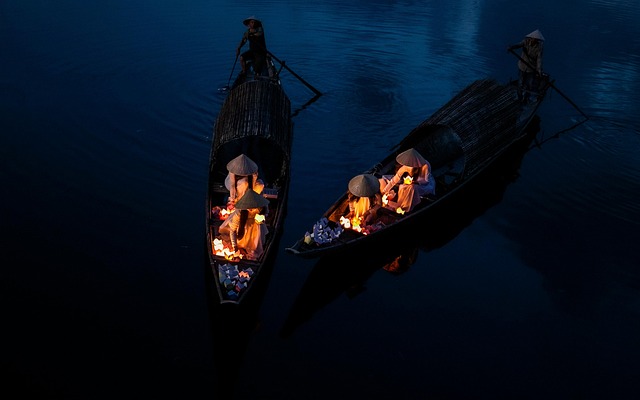
The McKenzie River, known for its pristine waters and diverse ecosystem, presents unique challenges and opportunities for anglers. Effective fishing techniques here often involve a blend of traditional methods and adaptive strategies to align with the river’s natural dynamics. One key technique is using light gear and delicate presentations to target trout in the slower currents and under cover of aquatic vegetation. Float tubes or waders allow fishermen to access shallow riffles and pools, where resident rainbow trout and cutthroat trout feed.
Timing plays a significant role; early morning and late afternoon are prime times when fish become more active due to cooler water temperatures. Incorporating various bait and lure choices is essential; small spinners, jigs, and soft plastics imitate natural prey, especially during the summer months when insect hatches occur. Understanding the river’s current and its effects on bait placement is crucial for success. Anglers should also be prepared to adapt their strategies based on seasonal changes, as the McKenzie River’s fishing can vary significantly from spring to fall.
Local Regulations and Best Practices for Responsible Fishing

When heading out on the McKenzie River for a fishing expedition, it’s crucial to familiarize yourself with local regulations and best practices. These guidelines are in place to ensure the sustainability of the river’s ecosystem and maintain a responsible approach to angling. The state or regional authorities often dictate specific rules regarding catch limits, fishing seasons, and permitted equipment, so staying informed is key. For instance, some areas might limit the use of certain bait or require licenses for different types of fish.
Adhering to these regulations not only keeps you within legal boundaries but also promotes responsible fishing practices. This includes using appropriate hooks and lines that minimize harm to the river’s inhabitants, as well as properly disposing of waste. Additionally, practicing catch-and-release methods for certain species can help maintain a healthy population, allowing future anglers to enjoy the same experiences. By combining these local rules with ethical angling habits, you’ll contribute to the preservation of the McKenzie River and its diverse fishing techniques.
